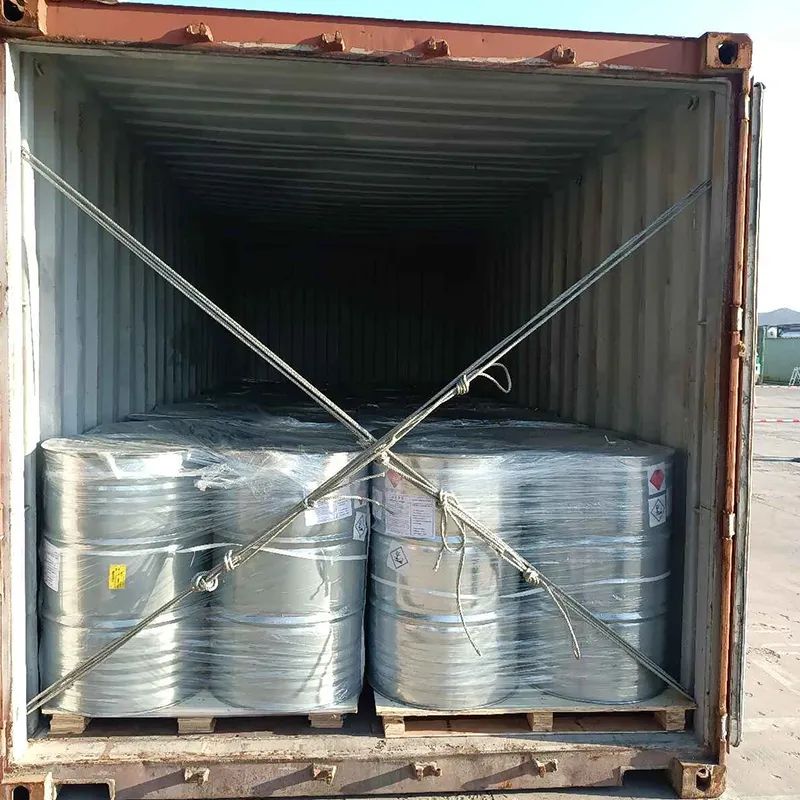
gelling agent ins 407
Understanding Gelling Agents Focus on INS 407
Gelling agents play a critical role in the food industry, enhancing texture, stability, and overall sensory experiences of various products. One such gelling agent is INS 407, commonly known as carrageenan. Derived from red seaweed, carrageenan has garnered attention due to its unique properties and wide-ranging applications.
Understanding Gelling Agents Focus on INS 407
One of the primary uses of INS 407 is in dairy and dairy-alternative products. Its gelling properties contribute to the creaminess and mouthfeel of items such as chocolate milk, yogurt, and plant-based beverages. In these products, carrageenan acts as a stabilizer, preventing separation and maintaining a uniform consistency throughout the shelf life of the product. Additionally, it enhances the viscosity of sauces and salad dressings, making them more appealing and flavorful.
gelling agent ins 407

Beyond dairy alternatives, INS 407 is also utilized in the production of meat products, processed foods, and even desserts like puddings and jellies. Its ability to create stable gels under various pH levels and temperatures makes it particularly valuable in these applications. For instance, in meat production, carrageenan helps retain moisture and improve the texture of processed meats, leading to a juicier end product.
Despite its widespread use, carrageenan has sparked some controversy. Several studies have raised concerns regarding its potential health impacts, suggesting that it may cause inflammation or gastrointestinal issues in some individuals. However, regulatory bodies, including the Food and Drug Administration (FDA) and the European Food Safety Authority (EFSA), consider carrageenan safe for consumption when used within established limits. This ongoing debate underscores the importance of continued research and dialogue regarding food additives and consumer health.
Consumer awareness about food ingredients has also led to a rising demand for transparency in food labeling. As many consumers seek natural or organic products, the sourcing and processing of carrageenan are increasingly scrutinized. This trend pushes manufacturers to develop clean-label products that highlight the use of natural gelling agents, in response to the growing skepticism toward synthetic additives.
In conclusion, INS 407, or carrageenan, is a prominent gelling agent in the food industry, showcasing significant versatility across a variety of applications. While its benefits in food preservation and texture enhancement are widely recognized, ongoing discussions about its health implications necessitate careful consideration from both producers and consumers. As the industry evolves, the challenge remains to balance innovation and safety while meeting the changing preferences of health-conscious consumers. As research continues and consumer demands shift, the future of gelling agents like INS 407 will likely adapt, ensuring they remain a relevant part of our food systems. Thus, an informed understanding of such ingredients is crucial for making educated choices in our dietary habits.
-
The Safety Challenges of Ammonium Nitrate FertilizerNewsJun.26,2025
-
The Critical Role of Mining ChemicalsNewsJun.26,2025
-
Shelf Life of Glacial Acetic Acid Food GradeNewsJun.26,2025
-
Enhancing PVC Longevity with 1,2,3-Benzotriazole InnovationsNewsJun.26,2025
-
China’s Dominance in Food Additive ProductionNewsJun.26,2025
-
Can Aluminum Hydroxide Replace More Toxic Alternatives?NewsJun.26,2025
-
PE and PP Plastics with Benzotriazole AdditivesNewsJun.12,2025
Hebei Tenger Chemical Technology Co., Ltd. focuses on the chemical industry and is committed to the export service of chemical raw materials.
-

view more DiethanolisopropanolamineIn the ever-growing field of chemical solutions, diethanolisopropanolamine (DEIPA) stands out as a versatile and important compound. Due to its unique chemical structure and properties, DEIPA is of interest to various industries including construction, personal care, and agriculture. -

view more TriisopropanolamineTriisopropanolamine (TIPA) alkanol amine substance, is a kind of alcohol amine compound with amino and alcohol hydroxyl, and because of its molecules contains both amino and hydroxyl. -

view more Tetramethyl Thiuram DisulfideTetramethyl thiuram disulfide, also known as TMTD, is a white to light-yellow powder with a distinct sulfur-like odor. It is soluble in organic solvents such as benzene, acetone, and ethyl acetate, making it highly versatile for use in different formulations. TMTD is known for its excellent vulcanization acceleration properties, which makes it a key ingredient in the production of rubber products. Additionally, it acts as an effective fungicide and bactericide, making it valuable in agricultural applications. Its high purity and stability ensure consistent performance, making it a preferred choice for manufacturers across various industries.











